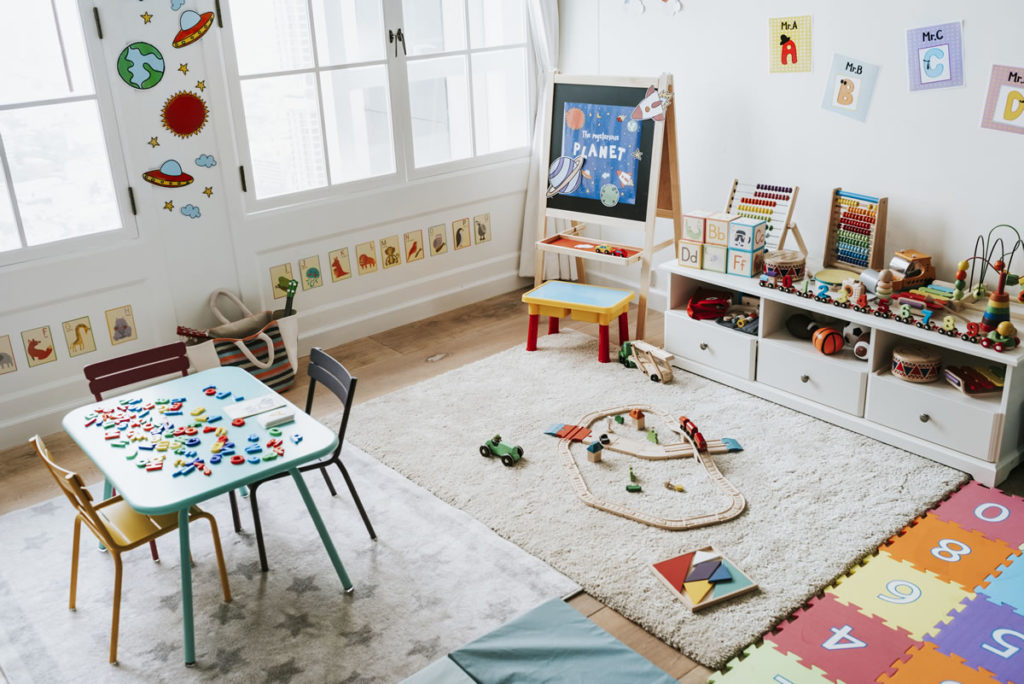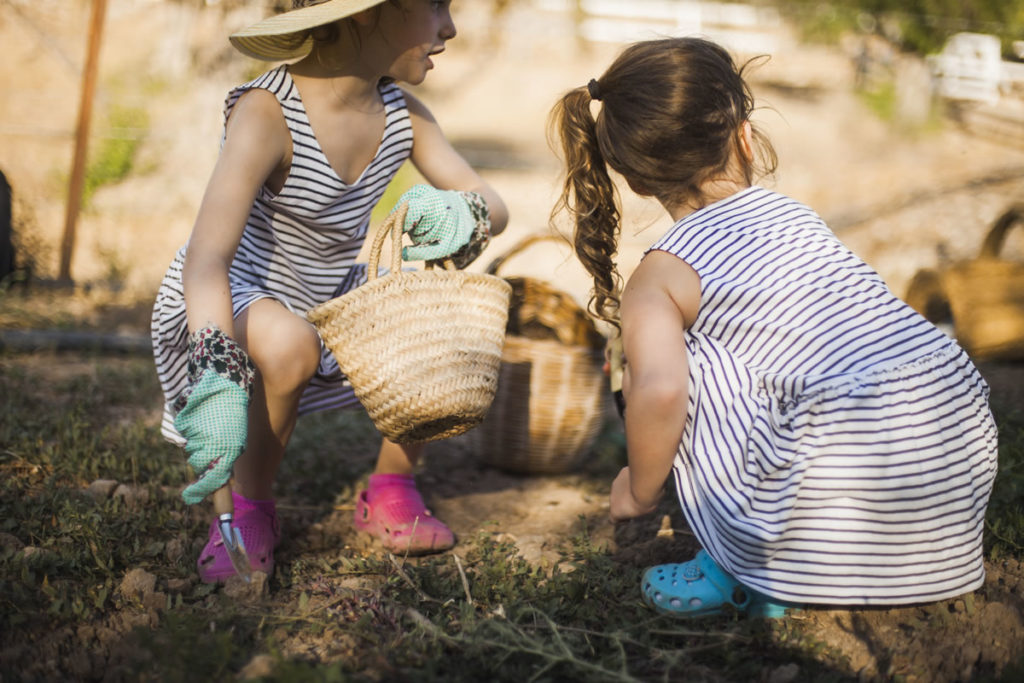If you are a teacher, you will most likely already know that feeling that is generated as the holidays progress. The one that puts us on alert regarding a new school year, a new group of students and the possible planning and didactics to be taught that we will still have to think and rethink a thousand times before going back to school. Nerves that can be greatly increased if that teacher is going to start working for the first time around the summer.

It is perfectly normal to be nervous. Although you have done a lot to prepare and do it well, there are always doubts and, even if there aren’t, there is always that level of excitement and anticipation that precedes any school year. But the truth is that there is no need to worry, because with the right strategies you can prepare the school year to have everything under control and to avoid nerves as much as possible and not let them end up affecting your health.
Specific teaching strategies for early childhood education
With a lot of work and effort you can get a good practical training, which added to certain strategies and tips that have been working for hundreds of teachers over the years, you can get your time in the class of the smallest of the school is a bed of roses.
That is why in this section we want to offer a list of teaching strategies for preschool classroom teachers , with some excellent starting points to retake or have the first contact with the world of early childhood education.
Facing an entire classroom full of young children can be somewhat disconcerting, but with this list of strategies you will be able to calm yourself down and adopt your own tactics and methods with time to be able to return or enter the classroom with great confidence and with everything you need to succeed.
- Mixed activities
Children tend to have short attention spans, so you don’t want to schedule long lessons. To help children stay alert, try to change and vary activities a lot . You can, for example, start with a sedentary activity, like listening or reading, and then move on to a more lively activity like a music lesson or an art project. It can also be helpful to have some quick activities that help children release some energy if you find they are too nervous, such as coloring cards or educational games.
- Symbols and labels
An important part of the nursery classroom is beginning to develop and empower language, and a good way to do this is by promoting everyday vocabulary, which you can do by asking students to label things and recognize common symbols . The translation of the image to the word helps a lot with the development of the language, so put it into practice through works that also involve families.

An activity that can be done with a more fun and interactive cut is to ask the students and their parents to take pictures of the symbols or marks that they often find around them, such as signs, car logos, food logos, brands of clothes… Then have the children take their photos to the classroom on some cardboard, with the explanation of what each symbol represents or means to them. This labeling practice may be more and more interesting as the children learn more colors, more numbers, and recognize more words… so it could be repeated several times throughout the course to see the differences.
- Sounds and couples
To carry out this activity you need to make some large cardboard letters and cut them out, as well as several small objects (although not too small and taking care that they cannot endanger the children) that begin with the letters with which they are Go to work. For example, if the letters are going to be “B” and “P,” look for things like large buttons or craft pens. The children should start by saying the sounds of the letters and then associate them with the different objects they find in a box. Once the objects have been chosen, they must paste them in the letters that they think coincide with the initial sound of the object.
This activity is usually very well received by young children, as it allows them to move, play and practice their learning , which they love. In turn, this activity allows you to create small works of art that can be displayed later during the course on the walls of the classroom to set the scene or even take home.
- The importance of rules
While this may seem like common sense to any teacher, setting rules at the beginning of the infant school year is even more important, and an excellent strategy for keeping the classroom as quiet as possible . Set simple rules to get started, like keeping your hands up and using a soft tone of voice.
Post the rules in a common area, such as a bulletin board, so that children can see them every day and remember what to do and what not to do. Make sure they are animated and not harsh or overbearing. It is essential to use positive words and resources for discipline, instead of resorting to “YES” or “NO”. Don’t forget that the classroom can be a child’s first experience with the importance of boundaries and interacting with other children, so it is important to discourage and reduce bad behavior.
- Give life to a garden
Whether you have a spacious outdoor space or you just have a beautiful window in your classroom, a garden can be a great way to teach children about the beauty of the world around us and its importance. Growing a plant from seed and watching it grow can give children information about their own growth , relieve stress, and help them develop fine motor skills. In addition, it also allows you to reinforce routines, since every day you must check how the plants are, if they need more watering, care, etc.
Getting children to sit still for a moment and focus on what they are discovering helps them learn what they know, which is why it is very important to encourage students to use their five senses with science and observation activities. By planting a garden or a plant they can discover how the substrate smells, how the colors appear and watch how the flowers, like them, grow little by little.

There are many other strategies that can be applied, but the learning should not end here. Always look for new things and do not stop inspiring yourself in every corner or in every trip you make before going back to school. The educational world is always in flux and staying up-to-date on the latest trends and news can help you become a better teacher and significantly reduce your stress levels.











































































































